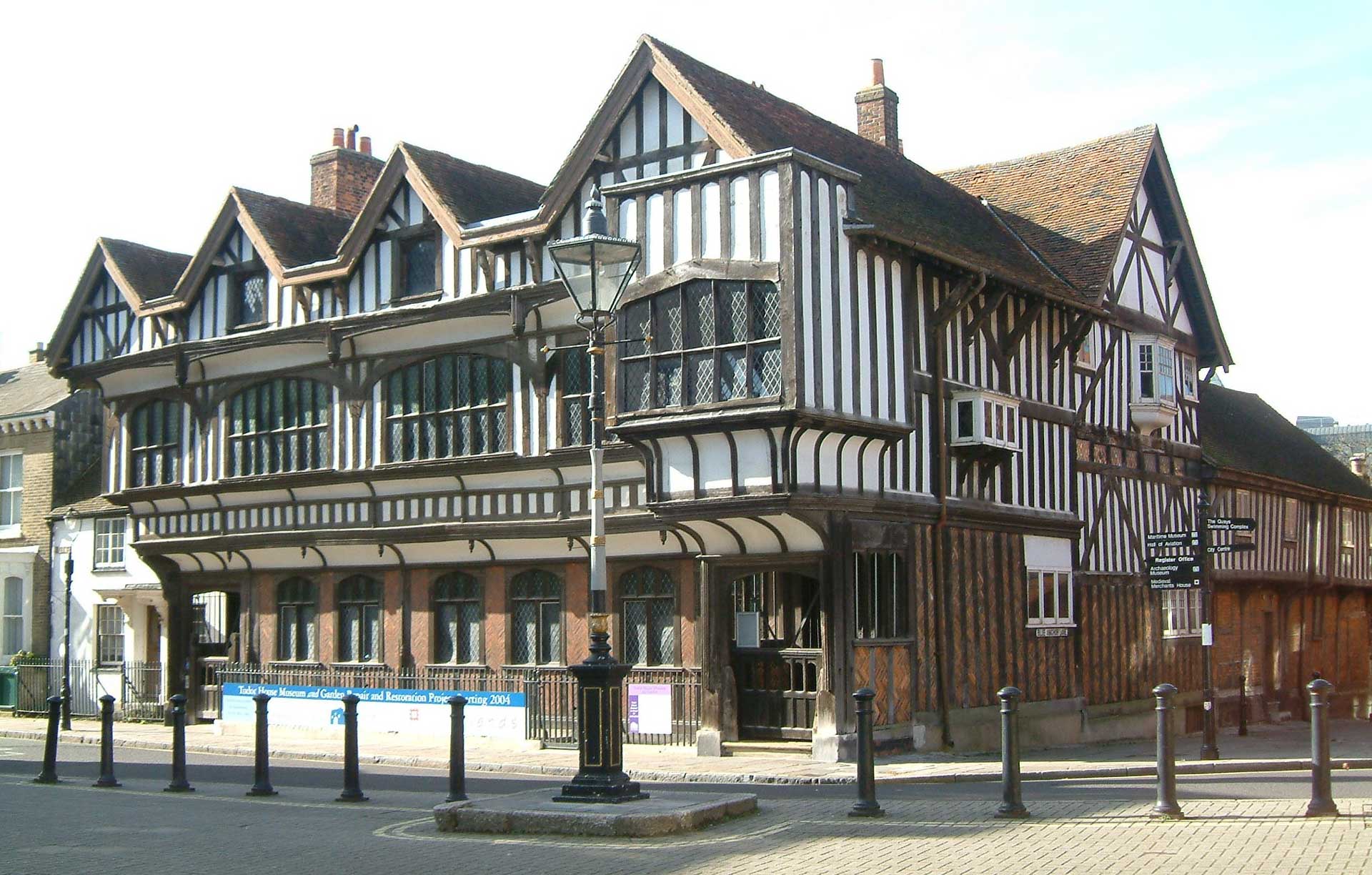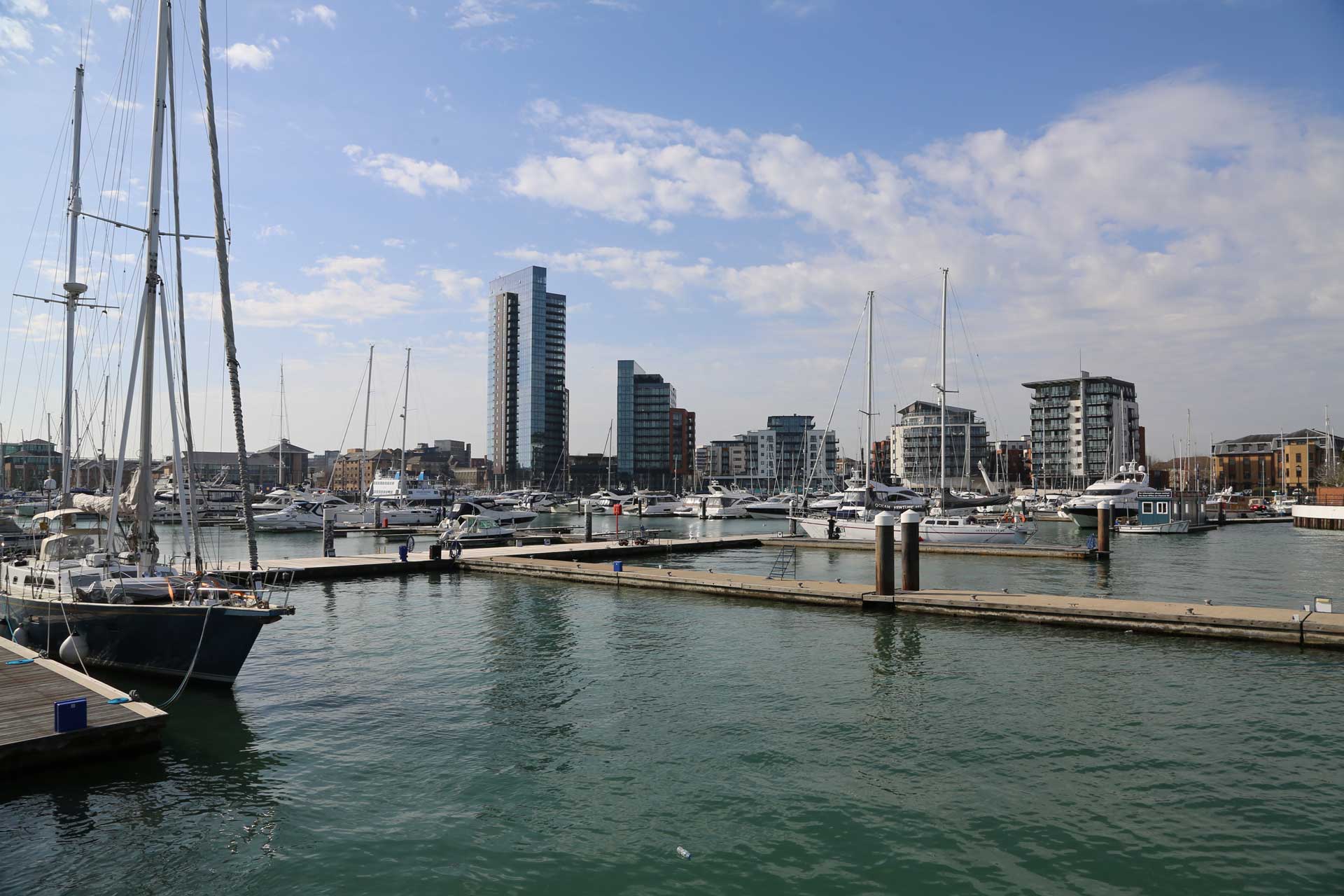

 Urbanization
Urbanization
The City of Southampton, in the county of Hampshire, lies at the Northern end of Southampton Water on a peninsula between the Rivers Itchen and Test. Historically the city became a Royal Borough before 1086 (the year of the Domesday Survey) and was first granted a charter during the 12th Century. The importance of Southampton to the region and indeed the country has always been as a port in the trade between Britain and mainland Europe which became particularly well established during the reigns of Norman and Plantagenet monarchs.
With the coming of the railways during the 19th Century the city once again became an important port after a decline during the 17th and 18th Centuries. The port was of great importance to the liner trade and, after World War II the port became increasingly important in the oil and petrochemical industries. By 1980 it had become the second largest port in Britain.
The City of Southampton, a unitary authority since April 1st 1997, has an area of 50 square kilometres and houses a total population of of 213 689 in 1997 (ONS population estimates), the population has increased by approximately 5.8 per cent between 1981 and 1997. In 2019, Southampton has an estimated population of 252 520, a growth by approximately 18.2% between 1997 and 2019.
Away from the harbour the city has a diverse mix of economic activity including aerospace engineering, motor manufacture and electrical engineering. The University of Southampton has a reputation for excellence in research in medical, engineering and marine research (primarily through the Southampton Oceanography Centre) and development.
The local economy
Employment in Southampton is concentrated within the service sector which accounts for 92.1 per cent of all employment in 2019 (85.5% in 2000). Employment within the primary economic sector accounts only for 0.8 per cent of total employment (3.1 per cent in 2000).
In 2000, employment in the service sector is dominated by public administration, education and health care which accounts for 31.2 per cent of total employment, the two other dominant sectors are banking and insurance (24.7%) and wholesale and retail (18.9%). In 2019, public administration, education and health sector still provides the largest proportion of employment (35.8%); followed by banking, financial and insurance (20.9%); and distribution, hotels and restaurants (20.3%). Indeed the largest employers in the Southampton area reflect this sub-sectoral balance, Indeed the largest employers in the Southampton area reflect this sub-sectoral balance, the three largest employers are Southampton City Council, the University of Southampton and the Southampton Institute. Major employers in Southampton, outside the public administration, education and health sub-sector, include BAE (marine technology), the Lloyd's Register Group, the Ordnance Survey; and HSBC UK.
It is interesting to note that Southampton is relatively stronger in sectors typically associated with offices (such as professional, scientific & technical and financial & insurance), whereas Portsmouth is stronger in production based activities. It is often the case that cities or large urban areas in relatively close proximity develop complementary roles.
Overall, economic growth in Southampton appears to be healthy. The Southampton economy was estimated to be worth £6.6 billion in 2017, an increase of 6.8% since 2016, which is higher than the England (3.1%), and South East (2.0%) averages. Nonetheless, GVA(i) per head of population in Southampton (£25 980) is still lower than the national average (£27 949),
In 2018, there were 6,745 businesses in Southampton. Since 2011, Southampton has had a net increase of 1 810 businesses, which equates to a 37% increase. This is higher than the England (30%) and South East (23%) averages. This growth was particularly dominated by micro enterprises (0-9 employees), increasing by 35% between 2010 and 2018 (23% in South East).
Between 1998 and 2009, Southampton has seen employment decline losing 7 000 jobs leaving them with 105 600 jobs in 2009. In 2017, there were just over 110 000 workers employed in Southampton. Between 2011 and 2015 there was a net increase of approximately 11 230 jobs in Southampton, which, in part, is reflective of the increased number of businesses in the city. Many of these jobs were part-time and potentially less stable temporary employment. However, between 2015 and 2017 there was a net loss of 5 090 jobs, a reduction of 4.4%. In contrast, the number of employee jobs across England grew by 3.1%. The majority of job losses were part-time (2 669), a reduction of 8%, potentially demonstrating the instable nature of some of the part-time job creation post-recession. The public sector was most affected (7.5% reduction) with continued austerity and funding cuts. However, the private sector also reduced by 3.6% over the same period.
Despite this, the public sector continues to be a major employer in the city.. Health, retail and education sectors are the largest employers in Southampton, with the University Hospital Southampton (11 500) and the University of Southampton (5 000) being the largest single employers. Further work is needed to fully understand these changes and whether all of the job losses attributed to Southampton actually relate to jobs physically located in the city or whether this is an artefact of where head/regional offices are located.
Unsurprisingly, Southampton continues to be a key employment centre in Hampshire, with a job density of 22.1 jobs per hectare, although this is below Portsmouth (26 jobs per hectare). In terms of the number of jobs per head of population, Southampton continues to be below the national average and the lowest amongst comparator areas at 0.64 jobs per working age adult (Southampton city council report).
Business and commerce
The city is a centre for business, commerce, industry and administration whilst also being a centre for education, research and an important transport hub. It is perhaps the importance of the city as a transport hub, for air travel, port access and easy motorway access that has served to focus many new developments into the area. Industrially the city is seeking to encourage advanced manufacturing industries and to enhance its already strong presence in marine based industries such as marine research, shipbuilding and of course the port facilities for both freight and passenger traffic.
At the end of the 20th Century, the largest business development in the area was the West Quay, a regional shopping centre comprising approximately 74 500 square metres of retail space. This was the latest in a series of waterfront developments including Ocean Village (cinema, entertainment and restaurants) and Town Quay (offices, retail and restaurants). Other growth areas in the local economy include the leisure cruise trade (Southampton in the UKs busiest cruise port and home to the Queen Elizabeth 2 and Oriana) and the Chilworth Science Park, home of over 30 high technology companies with a focus on electronics and medical research.
The city is a focal point for growth in South Hampshire; intensive expansion of commercial, cultural and retail activity is envisaged in the city centre, alongside the city’s comprehensive estates regeneration programme. As a coastal city, climate change is a major issue for Southampton and significant impacts are predicted on water resources, sea levels, the coastline and the natural environment during this 21st century. At the same time, the city is aggressively tackling climate change and promoting sustainable development, whilst protecting areas of environmental or historic importance.
Communications
Southampton enjoys good road and rail communications. The city is also home port for Red Funnel Ferries who operate frequent passenger and vehicle ferries to Cowes on the Isle of Wight. Marine transportation is also important for the cruise trade and especially for the commercial port of Southampton.
Southampton Airport is the main airport in the Hampshire. Flights are available to the Channel Islands, Manchester, Glasgow, Nice, Berlin, around 30 destinations are accessible in 2019 (17 in 1999). From 753 698 passengers in 1999, the airport handled 1.99 million passengers in 2018.
top

















